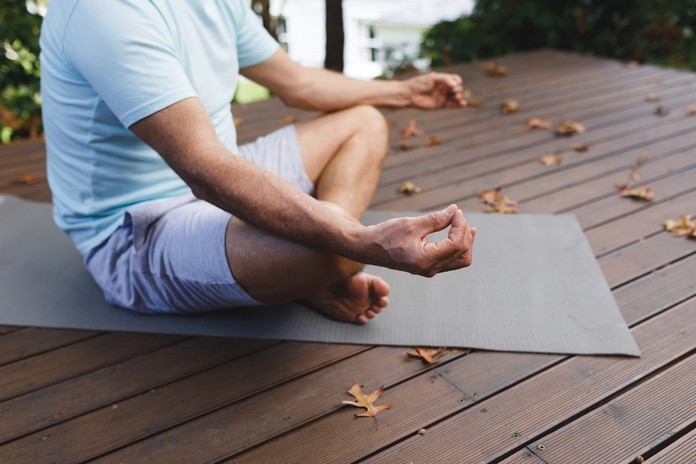Helpful Recommendations For Athletes

Tennis elbow and golfer’s elbow are perhaps the more common types of elbow pain. And they receive this name because sports are usual triggers. Athletes are at risk of elbow problems if they do overhead work or many throwing and twisting moves with their hands.
They should follow the recommendations mentioned above but should also consider the following:
- Maintain a proper technique: Even athletes with professional experience and flawless technique can develop elbow problems. Amateur people with poor technique will have increased chances of developing this problem. Thus, it is essential that you make sure that your swing mechanics, position, and the way you hold the racket is ideal for preventing overuse injuries. Trained professionals can give you actionable tips and advice after evaluating your technique.
- Check your equipment: It is sometimes not the technique itself but not the equipment you use that causes elbow pain. If your equipment is not the right size for you, in-game mechanics will slowly take a toll on your articulations. This is particularly the case in tennis, where a slight change in the rackets will significantly affect gameplay.
- Practice self-care: You have probably seen other athletes getting a professional massage after a session, which is good practice. It helps relieve tension and improves your blood circulation. Self-care also includes taking enough rest and treating your articulations promptly if you feel any pain. Apply hot and cold temperatures if you feel discomfort in your arms, and ensure you’re not overextending the articulations as a part of your technique.
- Follow recommendations to return to play: It may sound excessive if your doctor prescribes rest for a few months and you already feel better. But taxing your articulations once again can make elbow pain come back and become worse. So, if you want to prevent future episodes of elbow pain, the best thing you can do is follow your doctor’s advice and return to the field when you’re prepared for it.
